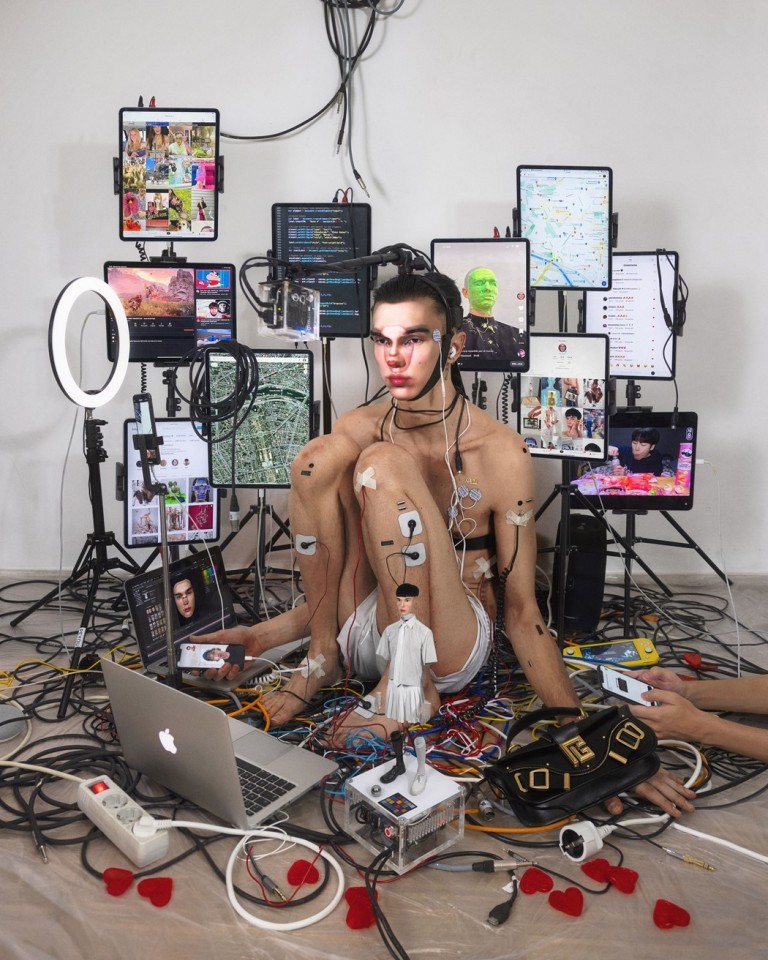filip custic’s first solo show in Tokyo ‘human product’ has just come to an end, and it was a triumphant success to say the least. Focusing his multifaceted work on the crossover between technology, the body, and identity, the exhibition came to life as a collaboration between Colección SOLO, an international artistic support project based in Spain, and PARCO Museum. After signing his name on Rosalía’s ‘El Mal Querer‘ and Lil Nas X’s ‘MONTERO (Call Me By Your Name)‘ album visuals, custic brought his cyber-dystopian multidisciplinary work to Japan.
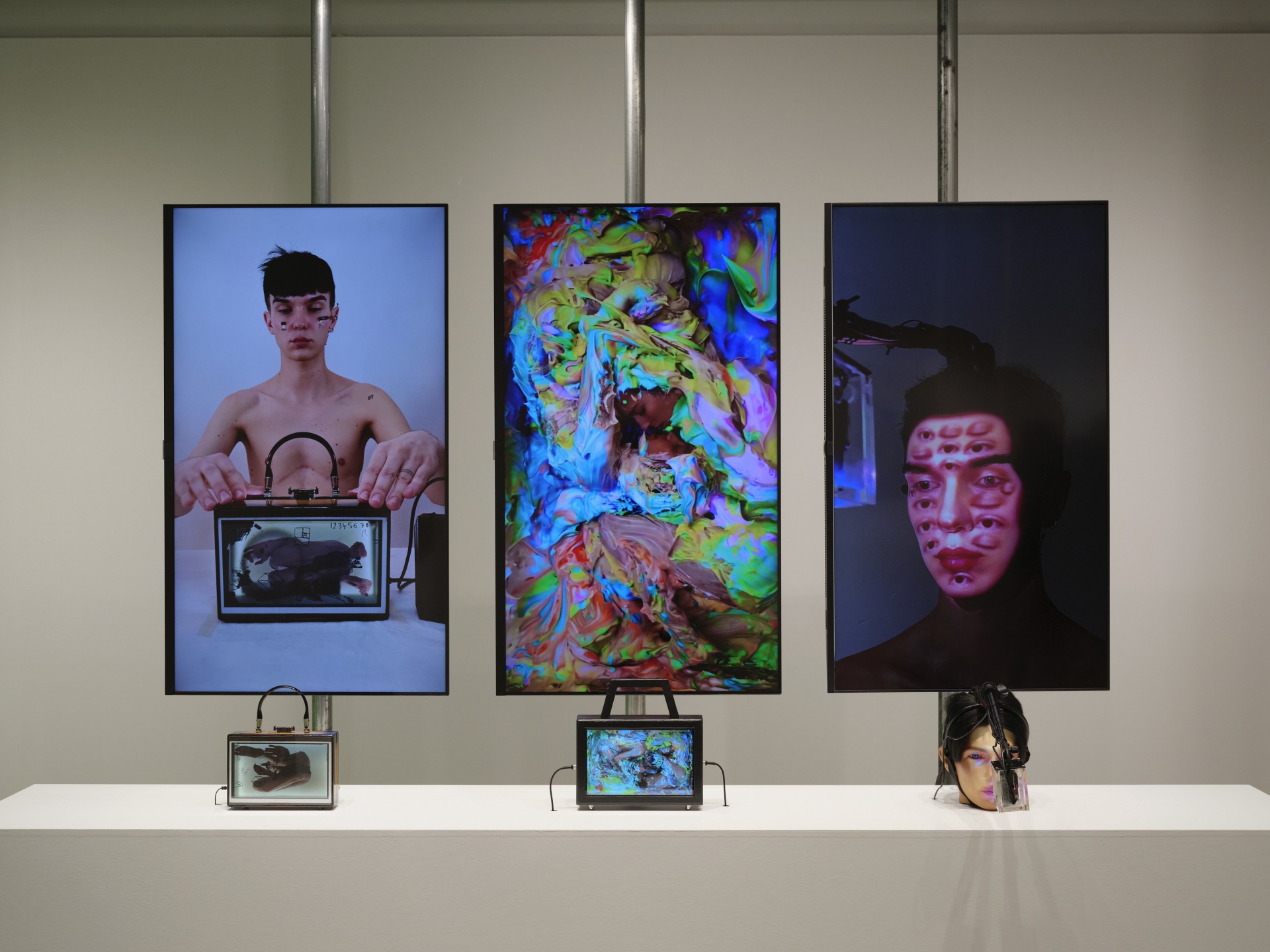
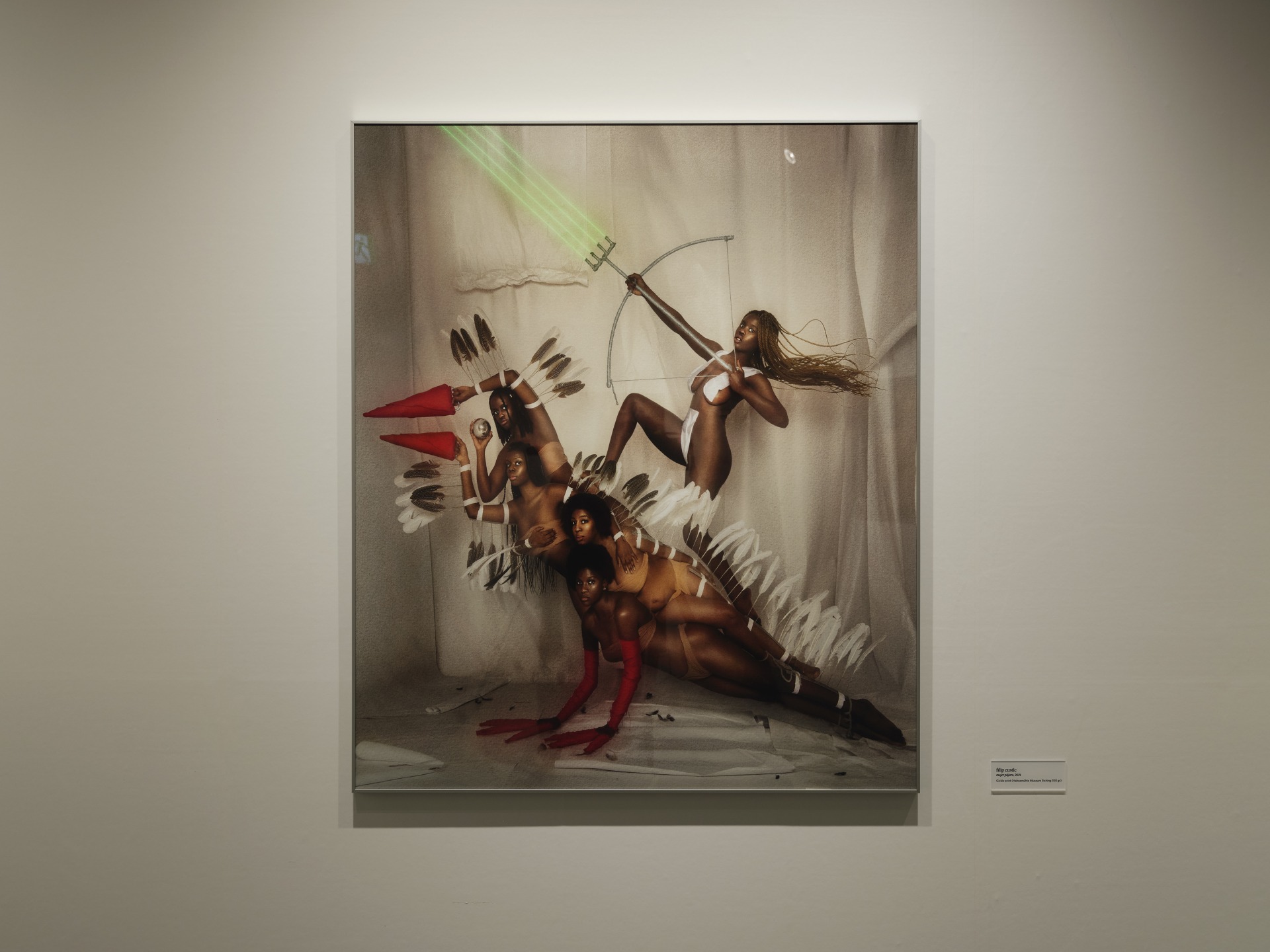
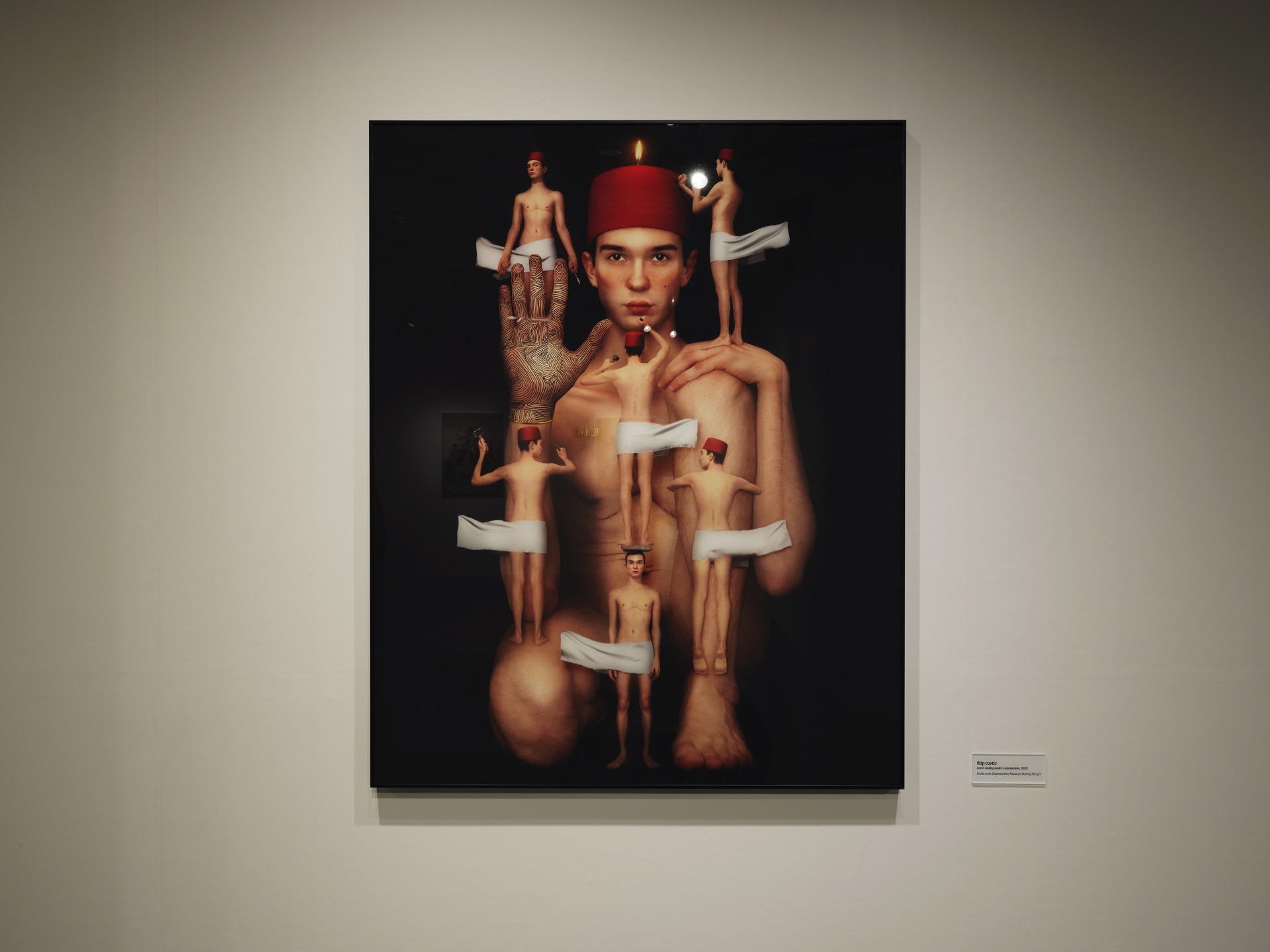
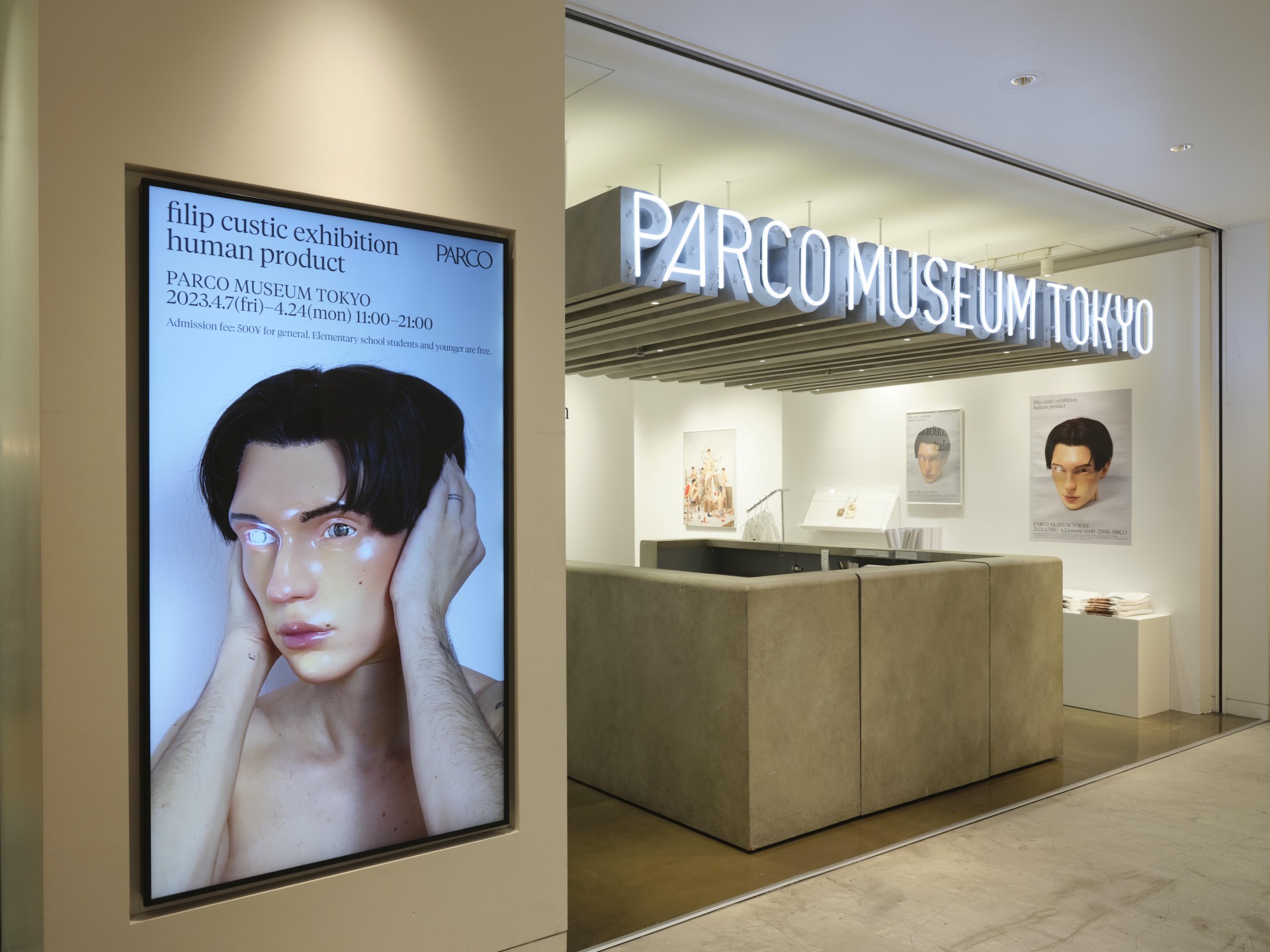
“Coming to Tokyo was already a dream to me. But coming to Tokyo to exhibit and communicate my creativity has been an amazing experience,” he tells us. Not only was the exhibition a success for the Japanese audience but it was also a logical continuation for his art to be exhibited in Asia after being praised worldwide, from Turkey to Germany and the US (Art Basel Miami). “In my creative processes, I am inspired by the most classic ideas of Asian culture, such as feng shui, anime and manga, which have influenced my creativity a lot. I like to combine Western culture with Eastern elements,” he says. “And I think that combination is very fresh and I try to communicate it.”
human product was a deep dive into custic’s digital dystopian universe and eclectic work. To debate on the profitability of human existence, custic explores how our body, our mind and technology interact to shape our identity during a time when we are connected 24/7, aka ‘virtualhypermetasuperultramegaconnected.’ In human product, custic used prints, wearables, installations and even an exclusive live performance to examine symbols of Internet culture in the present and the near future. He comments that it is “capitalism and how it affects us” that fired his imagination for the show.
“I wanted to generate a dialogue, a conversation, about what our existence is like and how we are capable of inventing systems that mark our lives, such as the economic system,” he continues.
I would like to open a conversation focused on how consumerist culture attempts to turn us into ‘commodities’ while proposing that our existence is more valid if it can be monetised.
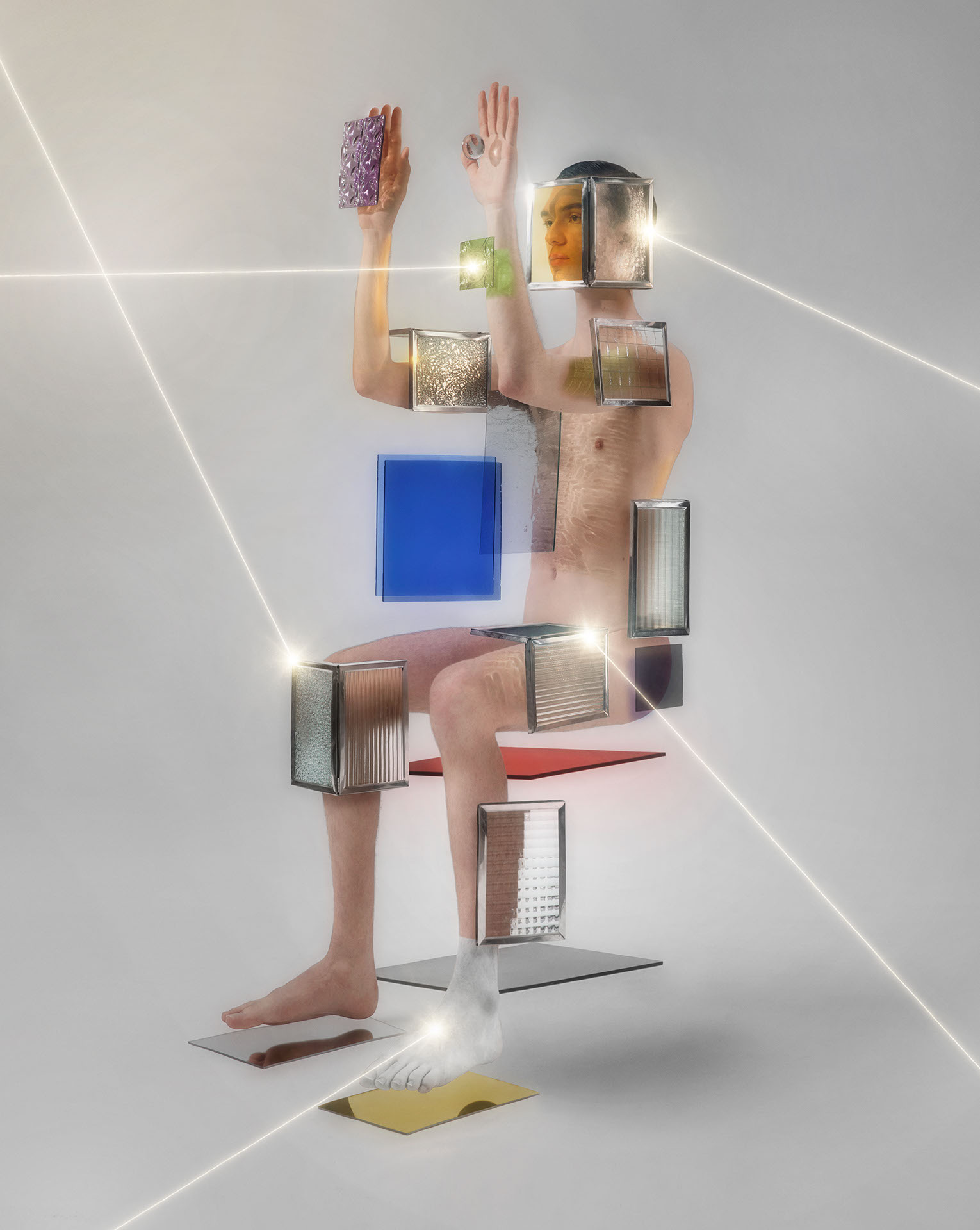
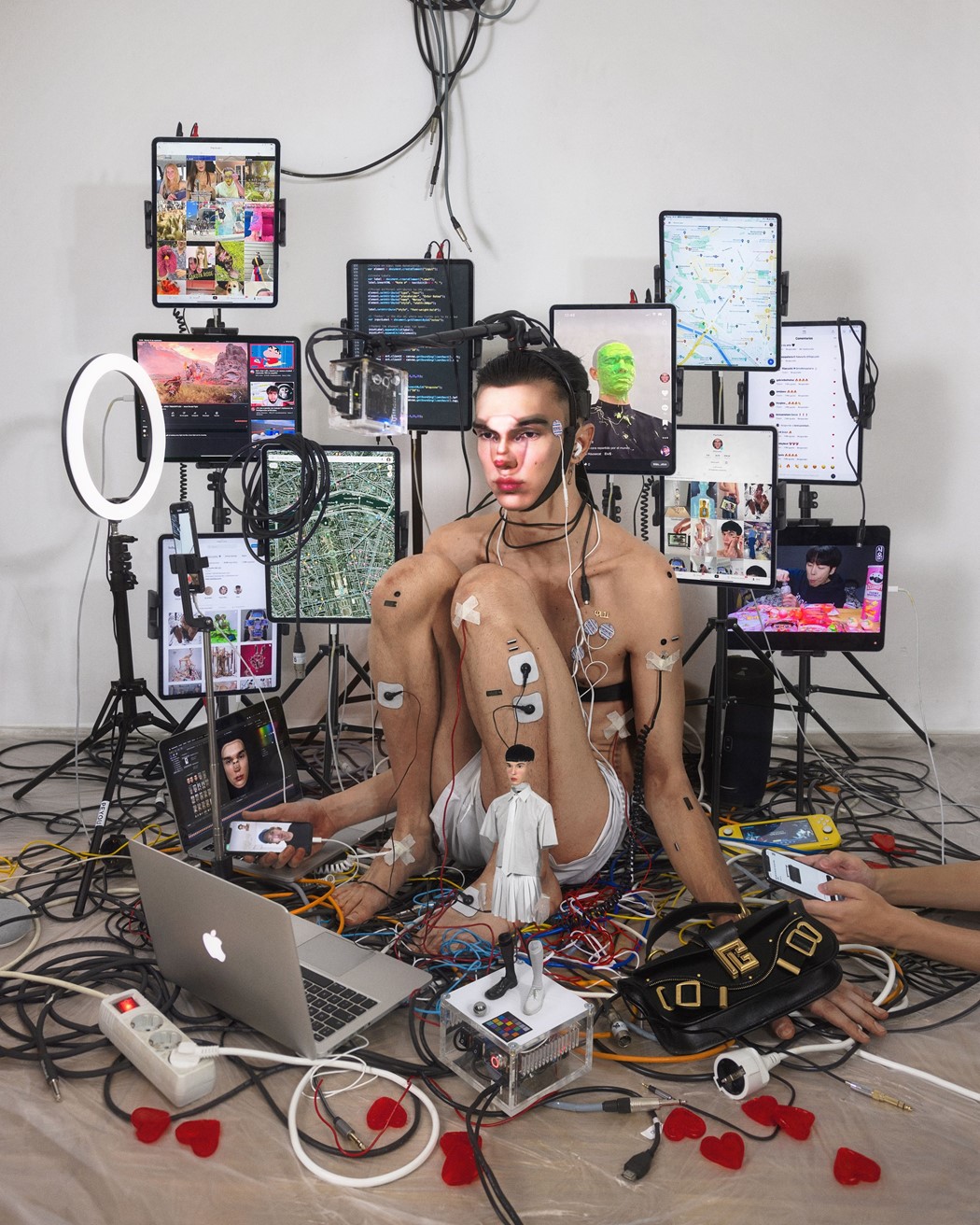
The exhibition included works such as ‘zzz’ that speak of the importance of being able to “fall asleep”, of not always being connected “and therefore not producing and not monetising,” says custic. But unlike most representations of technological dystopias, the present and near future that custic represents is not dark, disrupted or apocalyptic, it is not even scary. It shows masterfully manipulated subjects, people so beautiful and homogeneous they arise an uncanny sense of tenderness.
This sympathetic portrayal of our era comes from custic’s fascination for technology and machines. “Technology is a tool, it can be negative or positive depending on how it is used. It is a human invention and is therefore a reflection of ourselves. My generation is living with the networks of the era of dysmorphia, generating mental health issues. However, in my artistic practice, I try to use technology as a tool to celebrate the diversity of who we are,” custic says. For him, his work shows how “technology helps to expand identity.”
“The new thing I can bring to my time is to exploit the technological concept,” custic says. “All this relates to identity, who we are, the structures we create to define ourselves and how technology crosses us. I observe this evolution, seeing that I’m part of it and I portray it artistically because as an artist I seek to document and portray my present or my near future.”
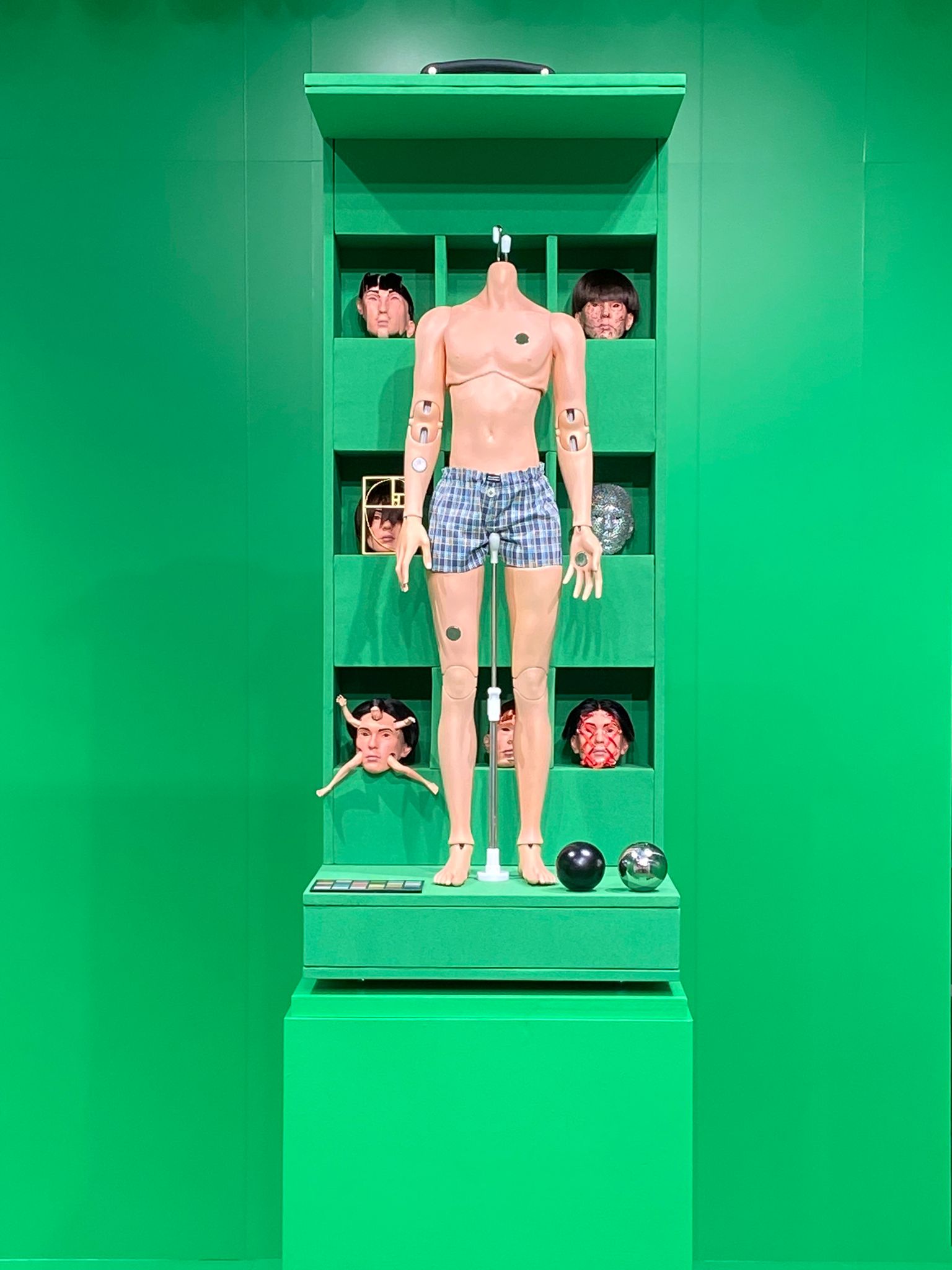

To portray his era, custic used human bodies as canvases. “Human beings are egocentric: when we see a face, a body, we empathise.” He adds that “we live in an era of the ego but also of self love. What I do the most is question who I am and who I am going to be. I want to understand. Existentialism is the topic that interests me the most right now.”
The reflection on our era triggered by human product becomes palpable in custic’s representation of the interconnection between the real and the virtual. The artist used a series of wearable unique pieces incorporating screens and filters to material objects (bags in bolso de pantalla series), and then to the human body (face-mapping). “We live in the age of virtuality and I am most interested in materialising ideas,” says custic.
I like to bring virtuality to reality.
“My intuition tells me that bringing technology and intelligence to objects that decorate our bodies is something of the near future. It may have started with the smartphone, specifically the iPhone, but I see it expanding to everything,” custic says. “And it inspires me a lot to communicate universal ideas. I wanted to use that ‘canvas’ to communicate ideas that help us to elevate ourselves and think more broadly.”
The ideas that custic wants to communicate? “where brands place their logo, I include my message, a message of quantum and diverse love,” he says.

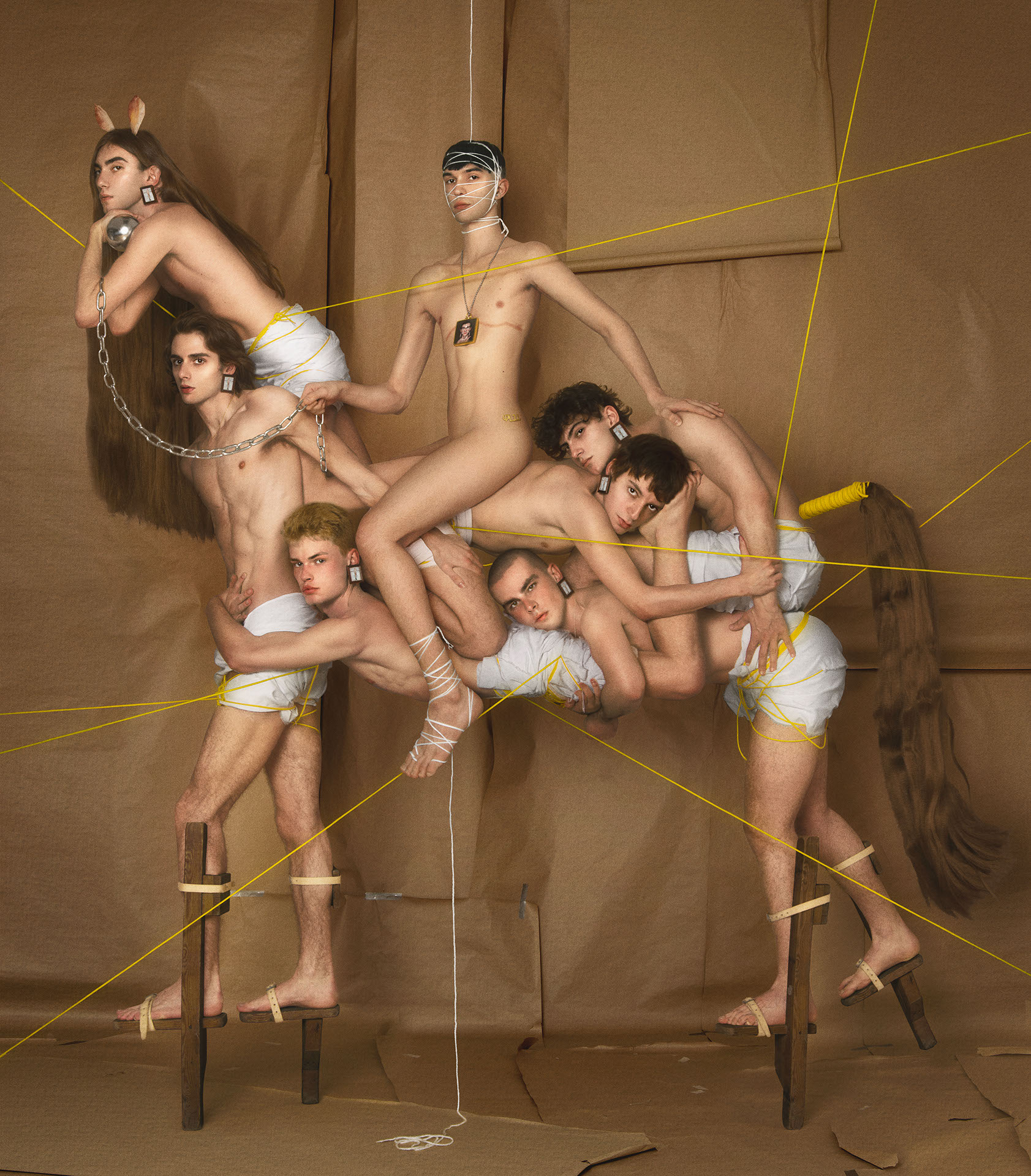
Follow filip custic on Instagram
www.filipcustic.com
Words: Livia Giannotti
Exhibition Photography: TAKAMURADAISUKE
Artwork Imagery: ©Courtesy of Onkaos
